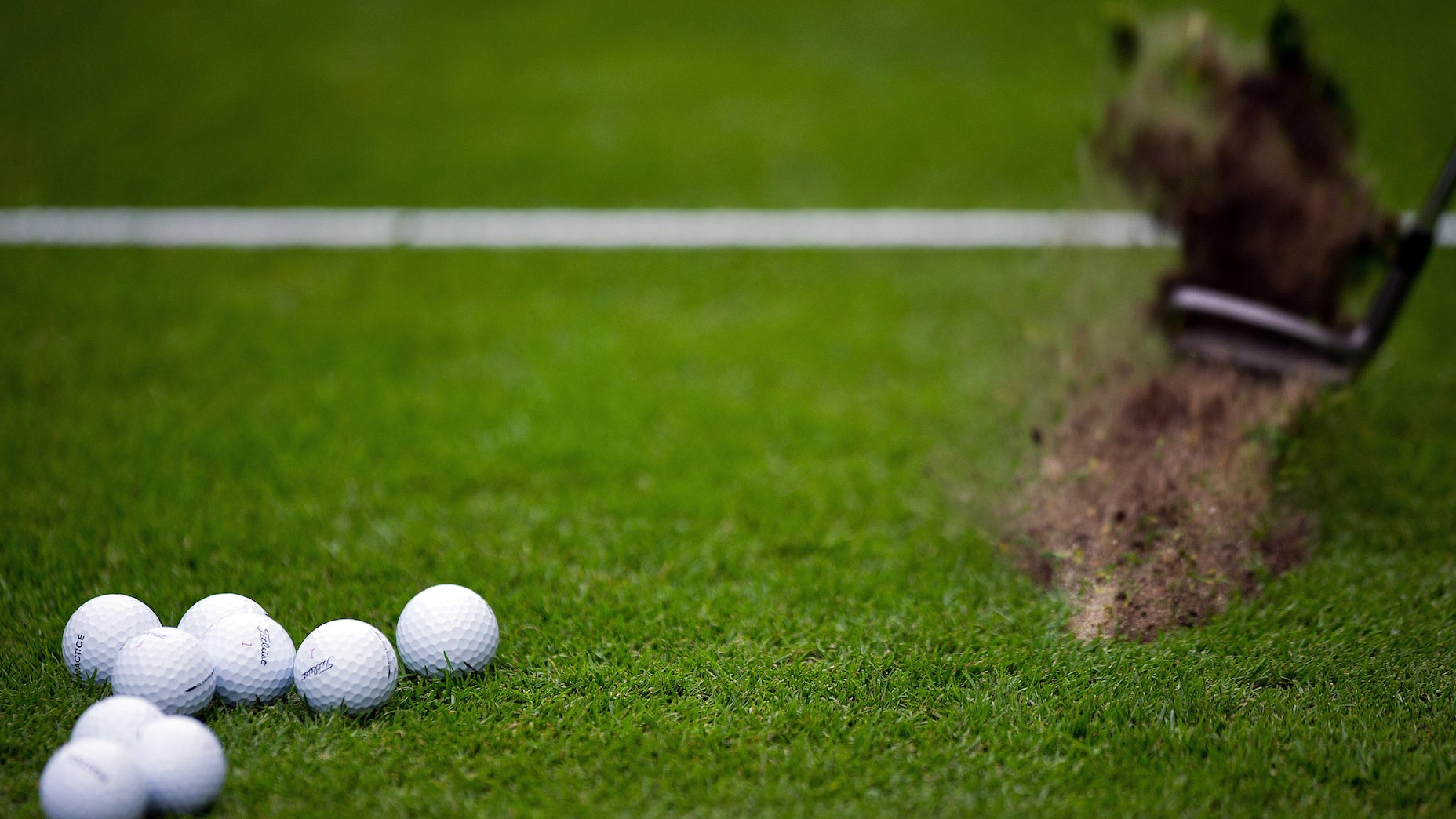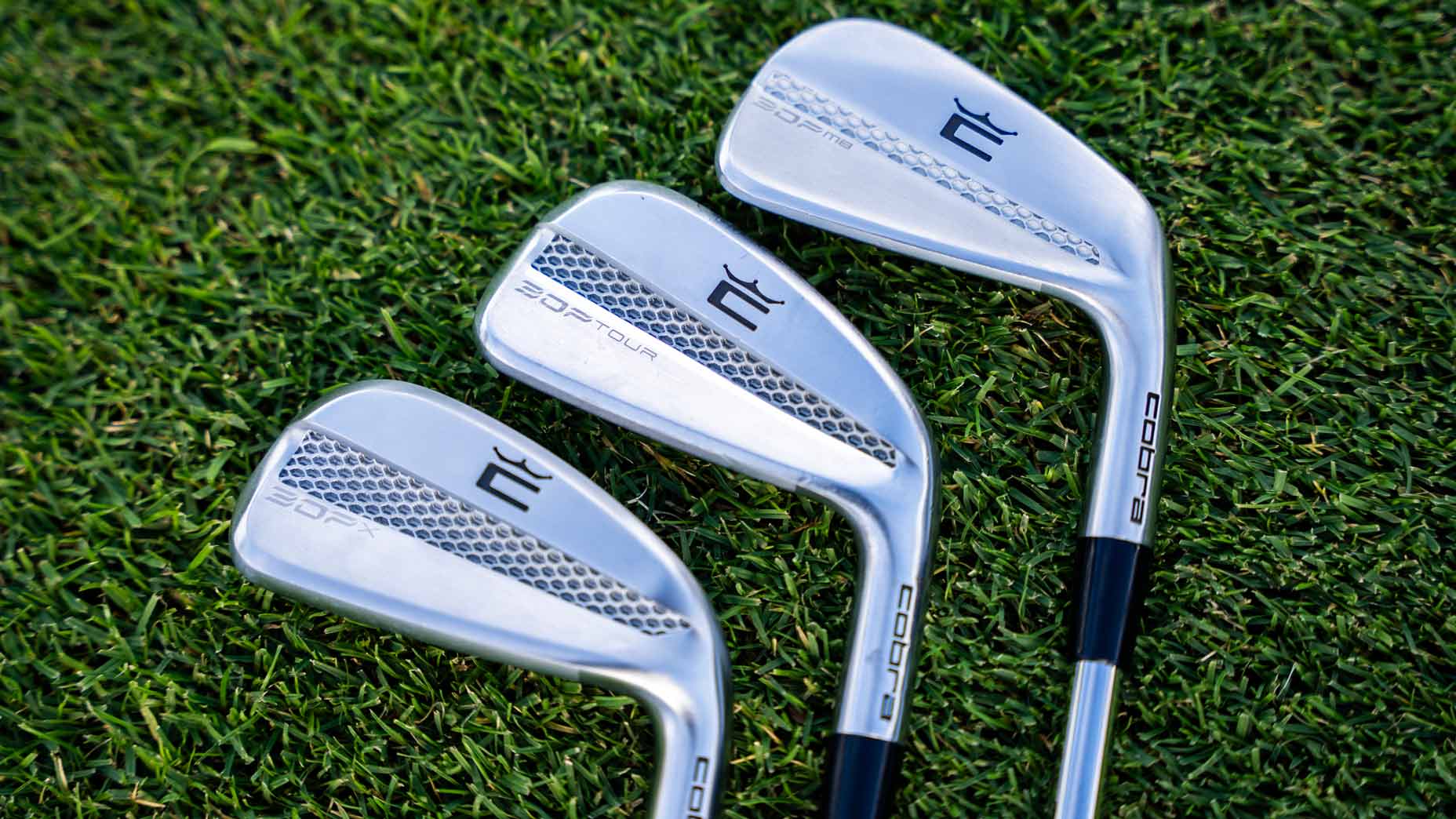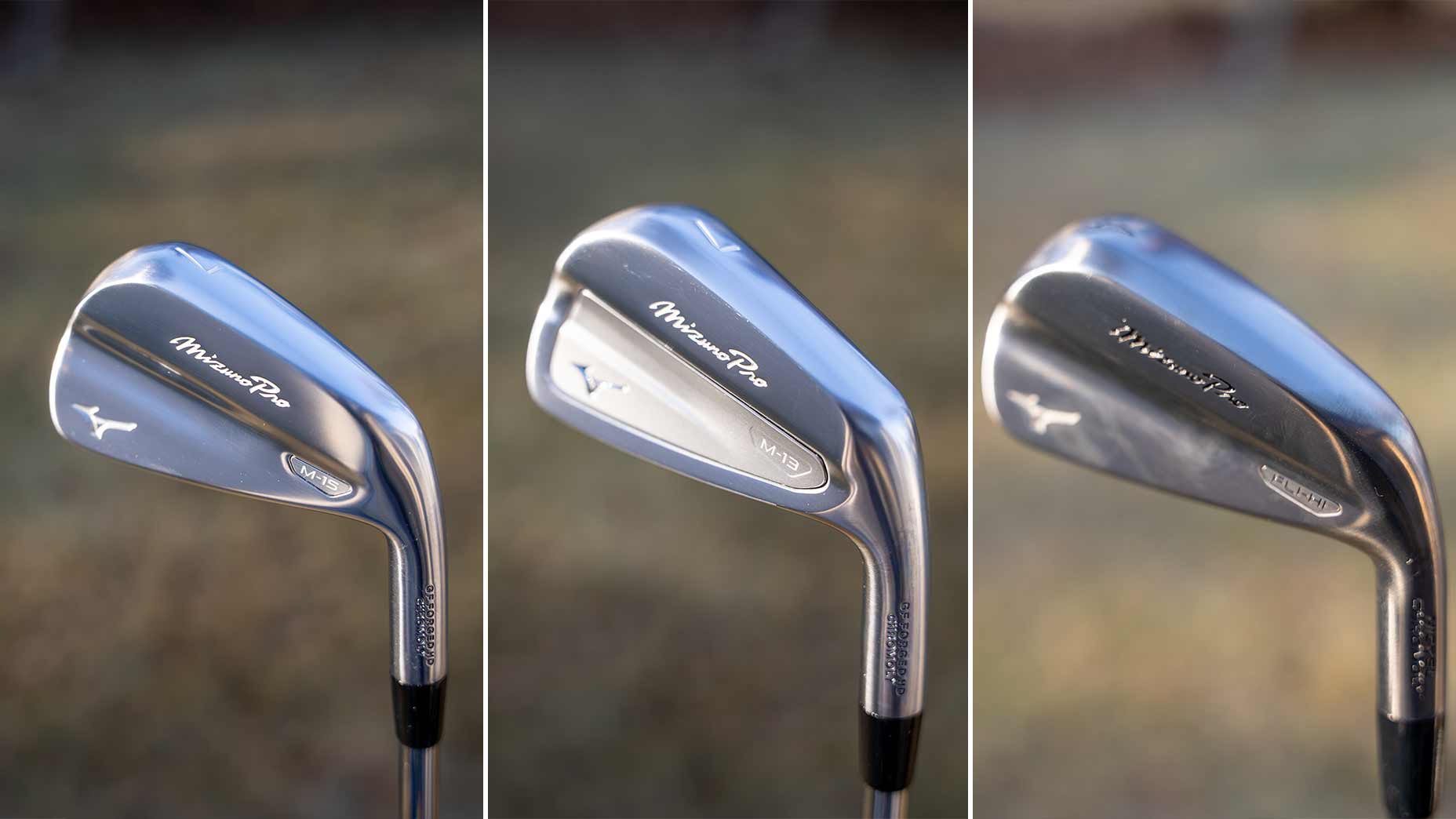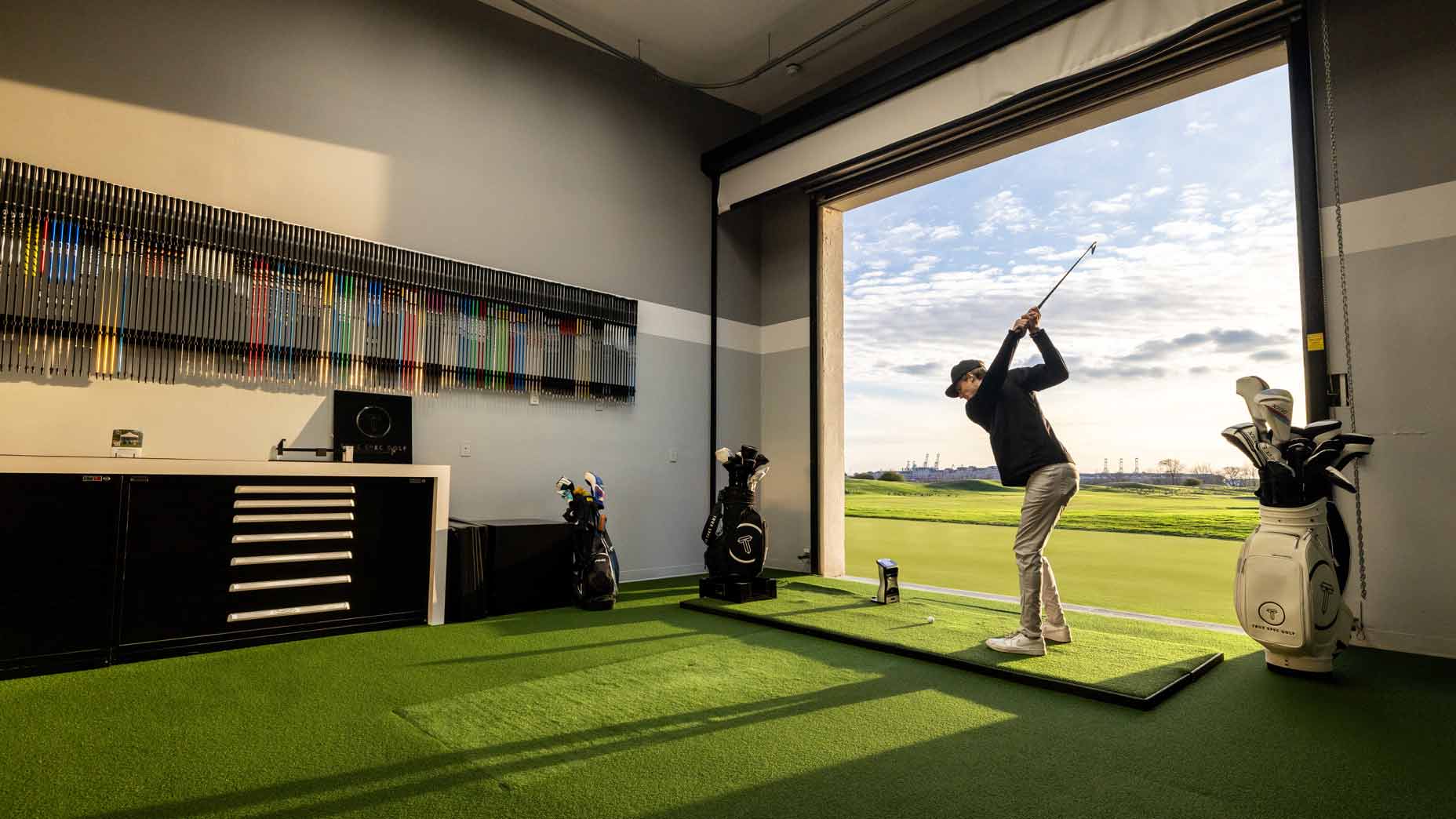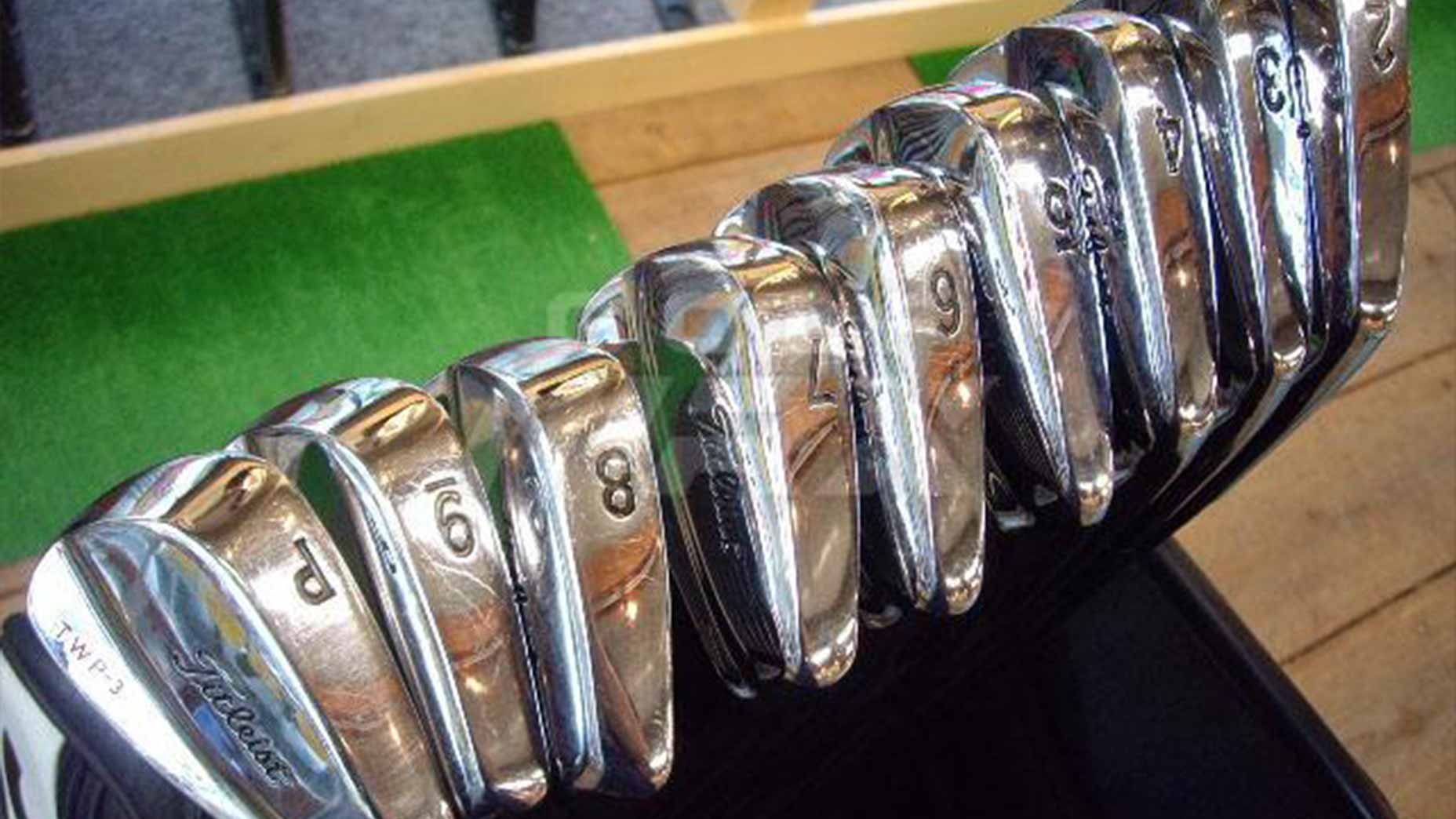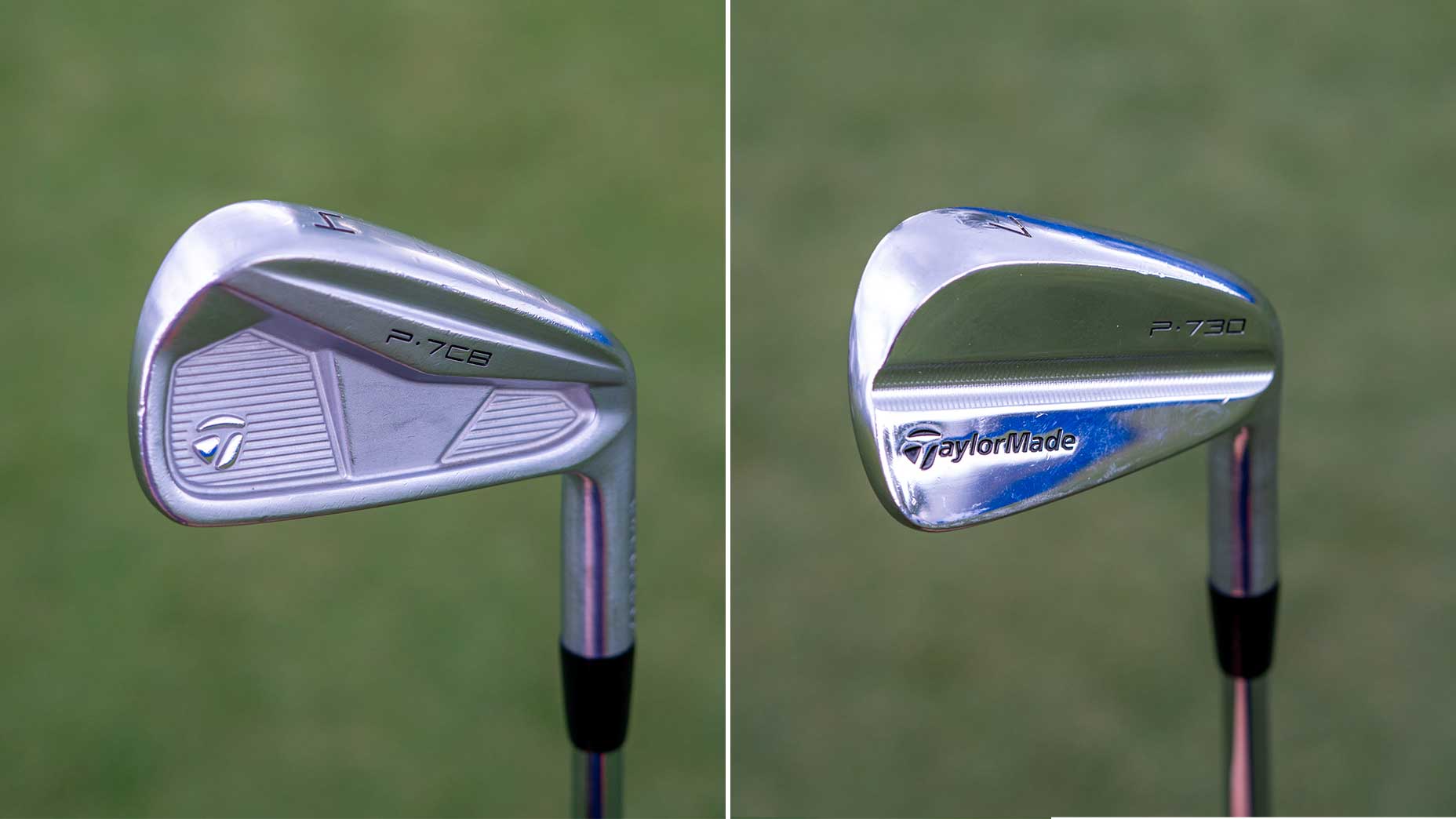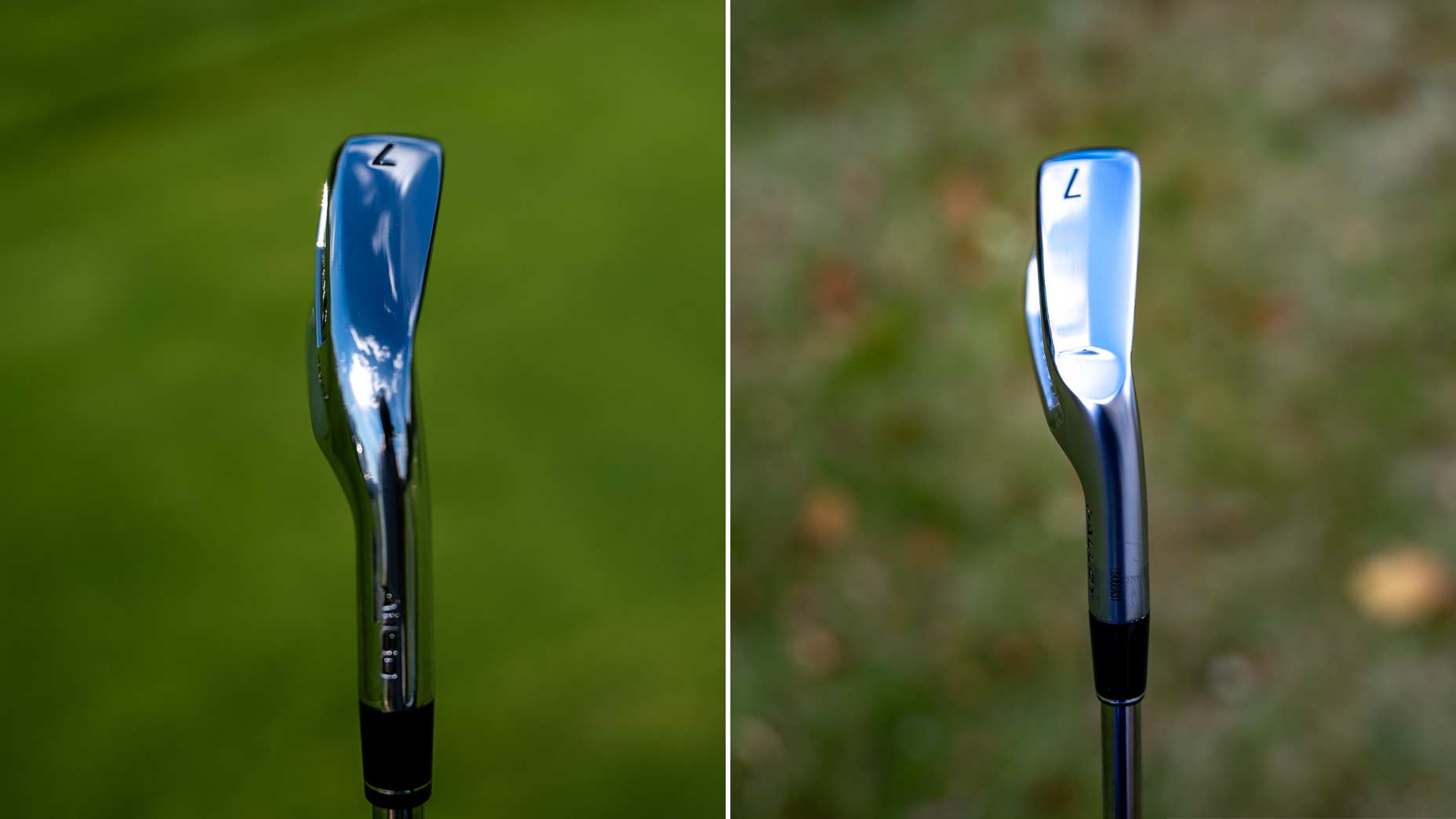Every week, in collaboration with our affiliate-company True Spec Golf, our in-house team of equipment experts host the Fully Equipped podcast. It’s where we break down the most interesting equipment news in golf, from the most authoritative voices in the game. New in 2021, we’re going to be highlighting many of those same Fully Equipped voices on GOLF.com as part of an expanded series of articles, sharing the best equipment insight around, and helping you play better golf as a result.
This week, following an interesting Fully Equipped interview with Harry Higgs about why he uses game-improvement irons, we’re asking a question in the opposite direction: Is Tiger Woods’ advice that giving your kids blade irons to improve their ball striking a good call? Here’s what our game improvement experts have to say about it:

1. Don’t make golf harder for your junior
Jonathan Wall, Managing Equipment Editor: Please don’t do be that parent. Unless your junior golfer is a budding superstar who rarely misses the center of the face, they’re better off playing a set with some semblance of forgiveness. Even Kevin Na admitted to us last year that he doesn’t play blades because they’re too difficult to hit and don’t offer enough in the way of useful forgiveness. If a Tour winner is eschewing blades for cavity-back irons, it should be reason enough to get your kiddo something that makes the game fun while still allowing them to grow and improve. They can be a great ball-striker without a set of blades.</section>
2. Getting fit is more important
Andrew Tursky, Senior Equipment Editor: I won’t tell you how to parent your child – that would be irresponsible – but I will say that poorly fit golf clubs can have a lasting impact on the development of a junior golfer’s golf swing. Clubs that are too heavy or too long can lead to poor mechanics and even injury. Getting the junior golfer into the correct weight, length and flex is crucial, regardless of the style of the club head.
While there can be some truth to the thought that learning the game with less forgiving clubs will force the junior to hone in on the sweet spot, that line of thinking may also come at the cost of game enjoyment and shooting their best scores possible.
For more on the topic, I go super in-depth on junior golfers and their equipment here.

3. Focus on fundamentals
Luke Kerr-Dineen, Game Improvement Editor: There’s probably something to the idea that you’ll hit the sweetspot more often when you need to hit the sweetspot. But ultimately, there’s no skirting the fact that the best way to hit the sweetspot is to groove a good swing, and that starts with a solid set of fundamentals. Grip, posture, stance width, alignment; get that stuff nailed down, with clubs that fit your swing, and your be hitting the sweetspot so much that they can play whatever they want.
